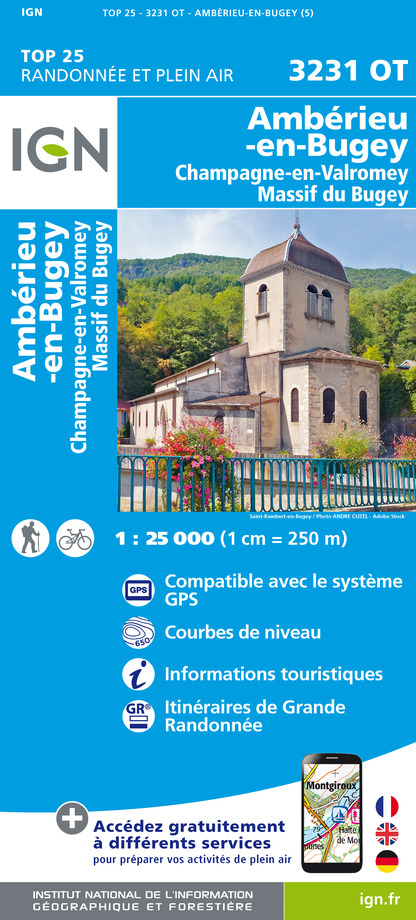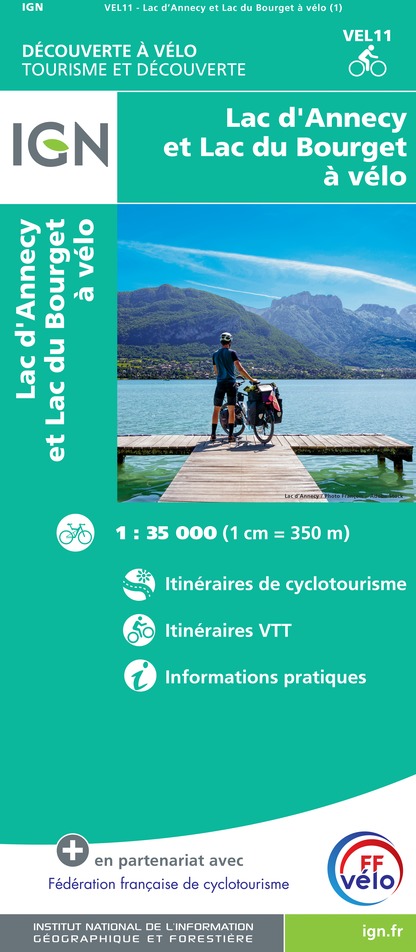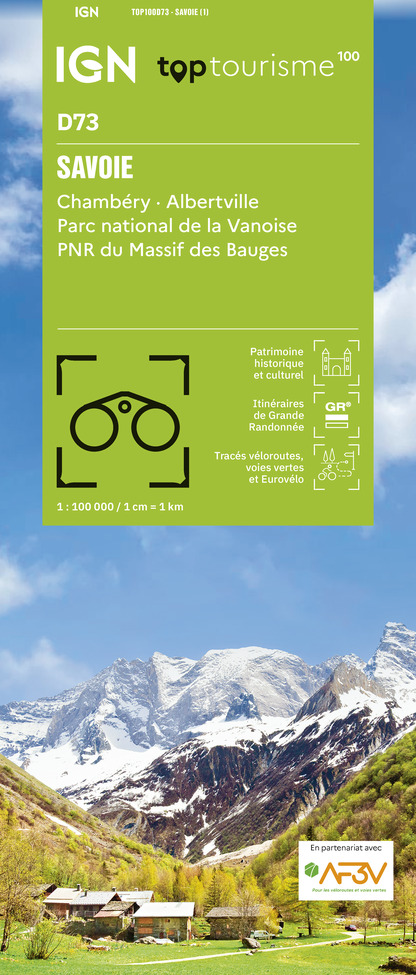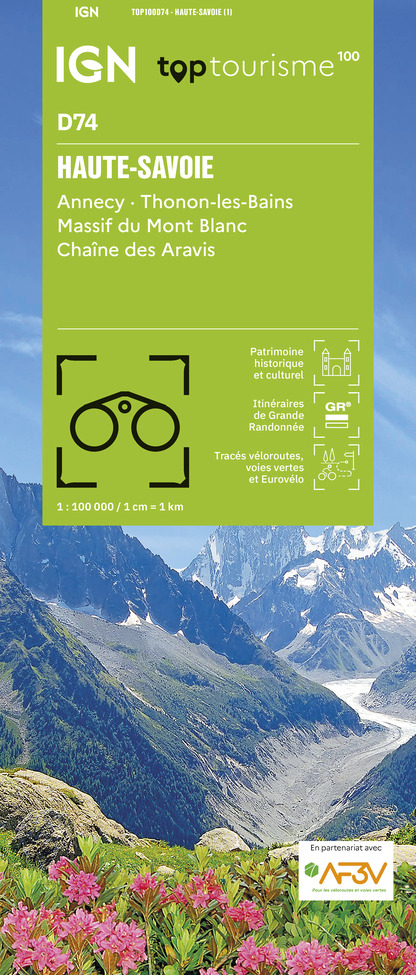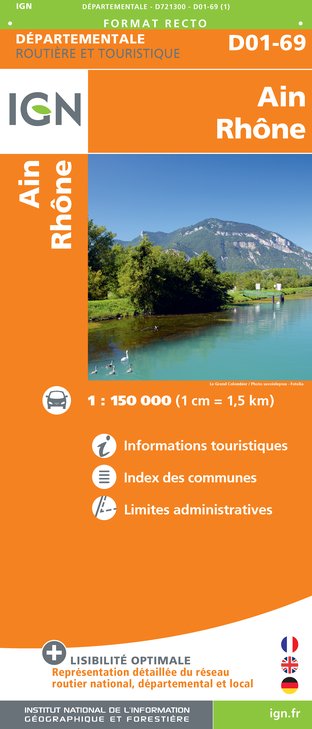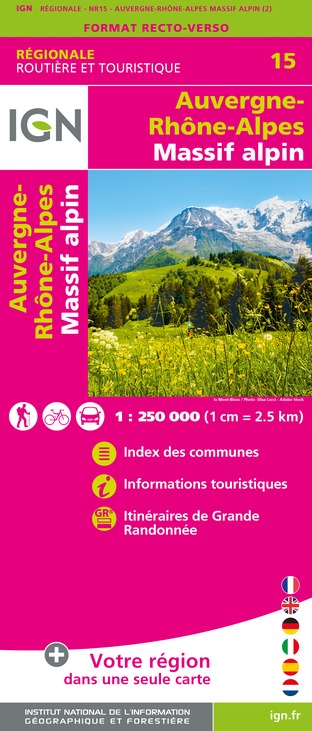Alert
Alerts
Site of the Madonna of Fierloz
Description
Karstic plateau covering several hectares, vast slabs criss-crossed by deep fissures carved out by seeping water.
A beautiful walk through box and maritime pine.
This pleasant place of walk, occupied since the year 58, is constituted of many lapiaz, dug by the infiltrations of water and shelters more than 200 species of plants.
From la Vierge, in the middle of the maritime pines and the box trees, a very beautiful sight is offered to you.
The statue was erected in 1896 to commemorate the 14th centenary of the baptism of Clovis.
This site is one of 32 sites labelled "Espaces Naturels Sensibles" (ENS) in the department of Ain. Within the framework of the "Schéma départemental des espaces naturels sensibles" (SDENS 2012-2017), these environments are intended to be preserved, enhanced and open to the public, thus offering exceptional support for the promotion of the department.
Geology :
Limestones are more or less impure lime carbonates. They are soluble in water containing carbonic acid. It penetrates easily into the cracked limestone layers. This phenomenon characterizes the karstic relief.
The lapiaz: as a result of climate change, erosion and human activities, limestone dissolves according to its purity, forming dissolution slits (grikes). They separate tables of lapiés (clints) whose shape and surface are related to the degree of cracking.
On this site, these lapiaz form steps. They are called "structural benches".
The flora :
Crustaceous lichens colonize the bare or calcareous surface more or less flat. Then follow the black gelatinous lichens.
Perennial lawn of limestone slabs: crassulent plants (orpines and basophilic plants).
Dry grass: erect bromine, orchids and other protected plants.
Calcareous blood geranium hems.
The stable xerophilous saskatoon buxaie with oval leaves and boxwood.
Wildlife :
The site is home to exceptional wildlife.
21 species of birds nest on the massif, such as the Nightjar, the reptile-loving Circaète Jean Le Blanc and the red partridge.
Protected species populate the site such as the red squirrel, 8 species of bats, 40 insects, reptiles and amphibians.
Bring hiking boots to walk around the site
Recall all fires are prohibited.
Technical Information
Altimetric profile
Additional information
Updated by
Office de Tourisme Bugey Sud Grand Colombier - 24/11/2025
www.bugeysud-tourisme.fr
Report a problem
Open period
Throughout the year : open daily.
Contact
Phone : 04 79 81 29 06
Email : contact@bugeysud-tourisme.fr
Website :
http://www.bugeysud-tourisme.fr
http://patrimoines.ain.fr/n/les-sites-espaces-naturels-sensibles-ens/n:183
Facebook : https://www.facebook.com/pages/Belley-Bugey-Sud-Tourisme/248956795173154
Twitter : https://twitter.com/OTBelley_BB
IGN cards
